A useful template to encourage students to make careful observations and interpretations while viewing visual prompts.
Use this teaching resource to develop inferential comprehension skills. Other skills, such as identifying the main idea and details, may also be explored.
This template is perfect for other inferring teaching resources such as the Inferring Song Poster or our See, Think, Wonder Template.
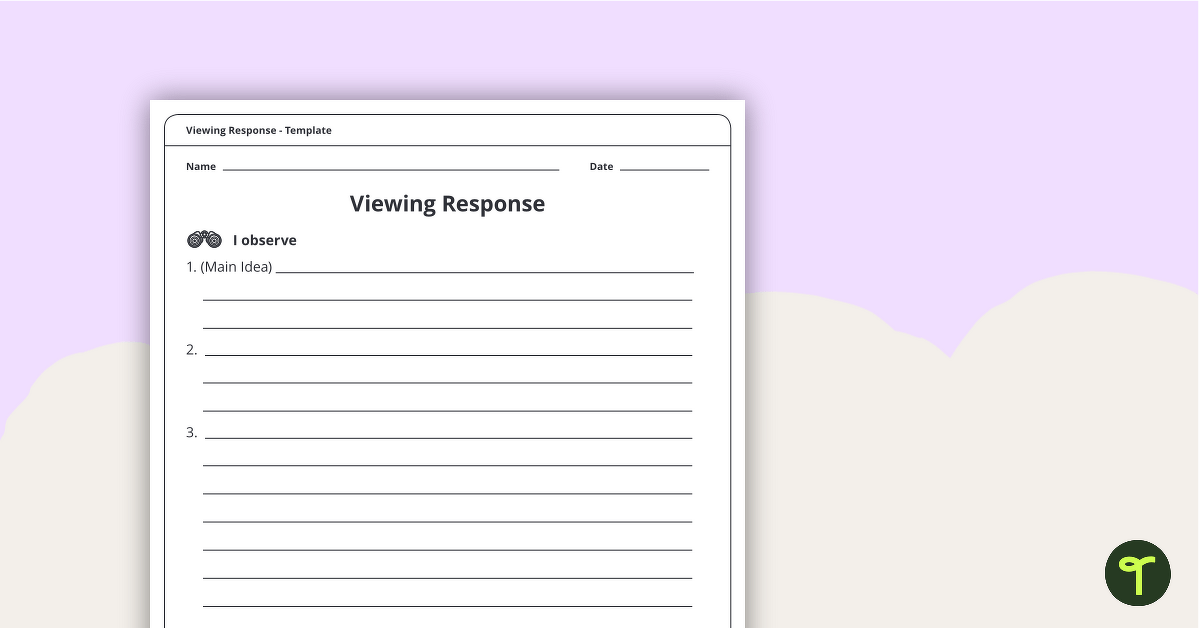

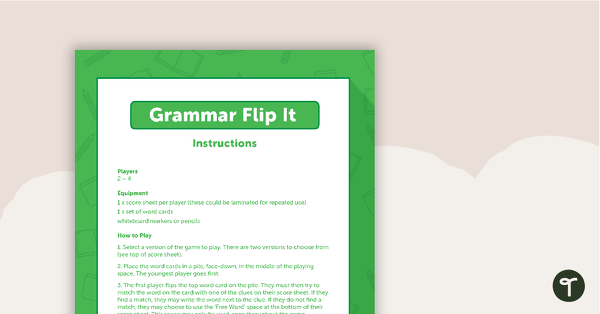
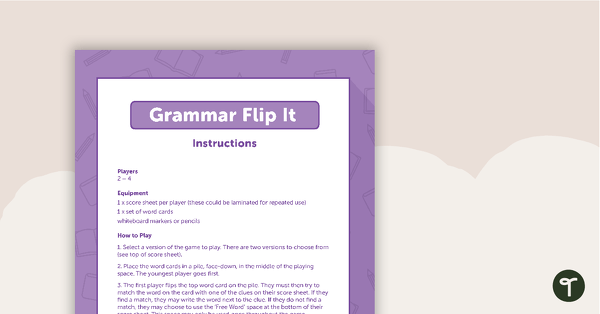


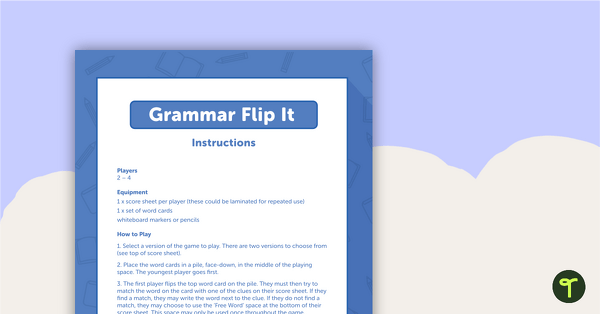


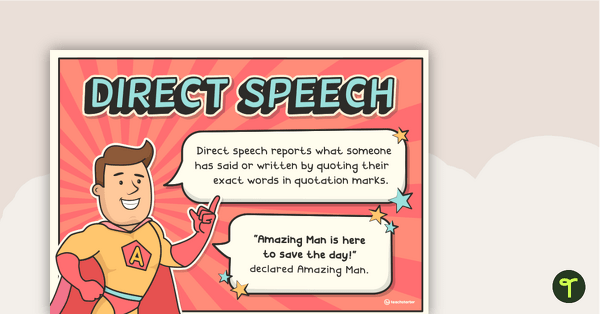
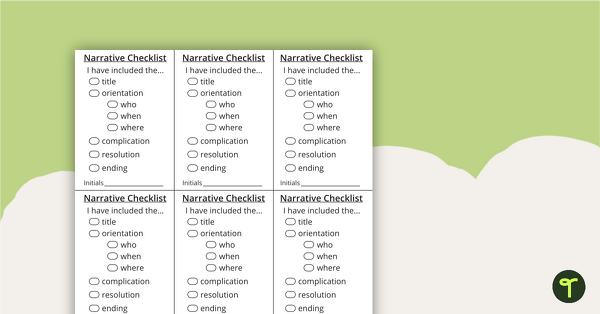

0 Comments
Write a review to help other teachers and parents like yourself. If you'd like to request a change to this resource, or report an error, select the corresponding tab above.